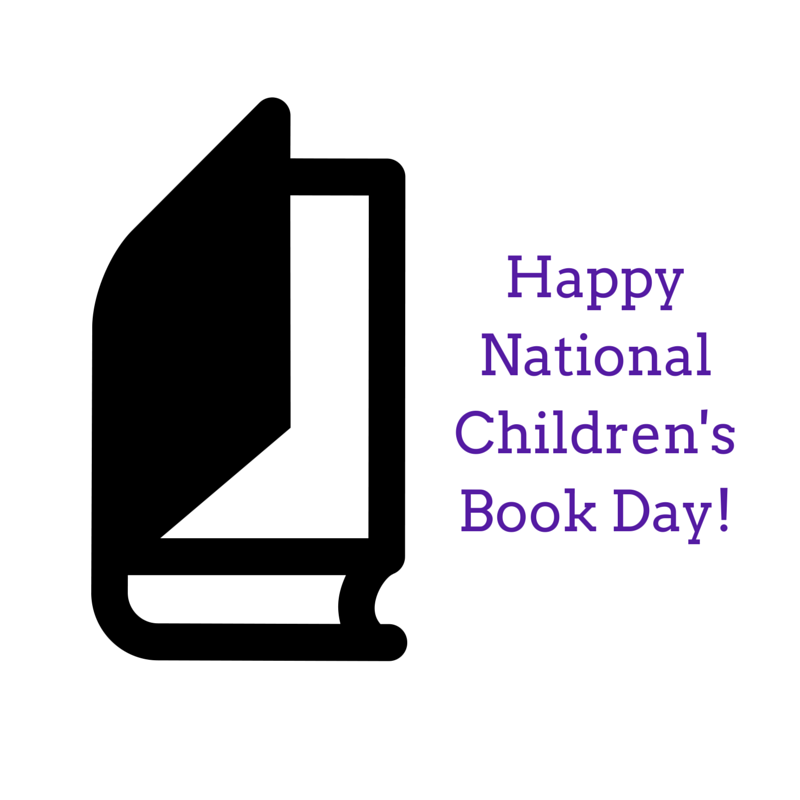- Blog Home
- Scripted Writers
- Children's Books: A Gateway To A Lifelong Love
Children's Books: A Gateway to a Lifelong Love

Today is National Children's Book Day! Celebrate by learning about the past and future of children's literature.
A lifelong love of reading is a gift that every child should receive. On National Children's Book Day, it is time to crack open some of the best in classic and modern children's literature.
Started in 1967 by the International Board on Books for Young People, this annual day is celebrated on or around April 2nd, the birthday of children's author Hans Christian Andersen. Best known for "The Little Mermaid," Andersen inspired generation after generation and taught valuable life lessons about the importance of working to make dreams into reality.
Continuing in Andersen's tradition of excellence, a number of authors are producing literature for children, including those who are still developing their reading skills.
Margaret Wise Brown is an excellent example. Her titles "Goodnight Moon," "Big Red Barn" and "Seven Little Postmen" have brought smiles to tiny faces for almost 80 years. She began her career as a teacher and later transitioned into writing books that delighted and entertained young minds.
E. B. White is another phenomenal children's author. "Stuart Little" and "Charlotte's Web" have fascinated readers since their publications in 1945 and 1952, respectively. As a contributor to The New Yorker and an important voice in the development of Strunk & White's "Elements of Style," White had the perfect skill set to transition into writing his own books. His prose is direct yet lyrical, producing incredible imagery and imparting powerful life lessons.
To follow in the footsteps of these greats, the journey starts with writing -- writing frequently and writing well. No author hits it out of the park on the first try, but with persistence, you can get there eventually.
For children's books, keeping the age of your audience in mind is very important. Brown's books are remembered as much for the stunning illustrations as they are for the touching stories. White used direct language and age-appropriate vocabulary, helping word-hungry kids fall in love with reading.
When writing for children, always keep in mind that your audience understands way more than most people think it does. Kids enjoy many of the same stories as adults, so don't be afraid to tell them stories with deep meaning. Put your heart into the story, and they will respond. When writing or editing for children, cut out some of the flowery description and keep the action flowing.
National Children's Book Day reminds us that reading opens doors, expands the imagination and creates shared experiences. Get inspired, and put pen to paper yourself!
What's your favorite book from childhood? Let us know in the comments below.
Irish Writers and the Literary Canon
The Birth of the Romance Novel
Poetry + Humor = Limericks : A History
A lifelong love of reading is a gift that every child should receive. On National Children's Book Day, it is time to crack open some of the best in classic and modern children's literature.
Started in 1967 by the International Board on Books for Young People, this annual day is celebrated on or around April 2nd, the birthday of children's author Hans Christian Andersen. Best known for "The Little Mermaid," Andersen inspired generation after generation and taught valuable life lessons about the importance of working to make dreams into reality.
Children's Literature Today
Continuing in Andersen's tradition of excellence, a number of authors are producing literature for children, including those who are still developing their reading skills.
Margaret Wise Brown is an excellent example. Her titles "Goodnight Moon," "Big Red Barn" and "Seven Little Postmen" have brought smiles to tiny faces for almost 80 years. She began her career as a teacher and later transitioned into writing books that delighted and entertained young minds.
E. B. White is another phenomenal children's author. "Stuart Little" and "Charlotte's Web" have fascinated readers since their publications in 1945 and 1952, respectively. As a contributor to The New Yorker and an important voice in the development of Strunk & White's "Elements of Style," White had the perfect skill set to transition into writing his own books. His prose is direct yet lyrical, producing incredible imagery and imparting powerful life lessons.
How to Start on the Path of Children's Writing
To follow in the footsteps of these greats, the journey starts with writing -- writing frequently and writing well. No author hits it out of the park on the first try, but with persistence, you can get there eventually.
For children's books, keeping the age of your audience in mind is very important. Brown's books are remembered as much for the stunning illustrations as they are for the touching stories. White used direct language and age-appropriate vocabulary, helping word-hungry kids fall in love with reading.
When writing for children, always keep in mind that your audience understands way more than most people think it does. Kids enjoy many of the same stories as adults, so don't be afraid to tell them stories with deep meaning. Put your heart into the story, and they will respond. When writing or editing for children, cut out some of the flowery description and keep the action flowing.
National Children's Book Day reminds us that reading opens doors, expands the imagination and creates shared experiences. Get inspired, and put pen to paper yourself!
What's your favorite book from childhood? Let us know in the comments below.
See More Scripted Posts on Literature Below.
Irish Writers and the Literary Canon
The Birth of the Romance Novel
Poetry + Humor = Limericks : A History
Published by Scripted Writers on Thursday, April 2, 2015 in Children's Books, E.B. White, Hans Christian Andersen, National Children's Book Day, Writers.